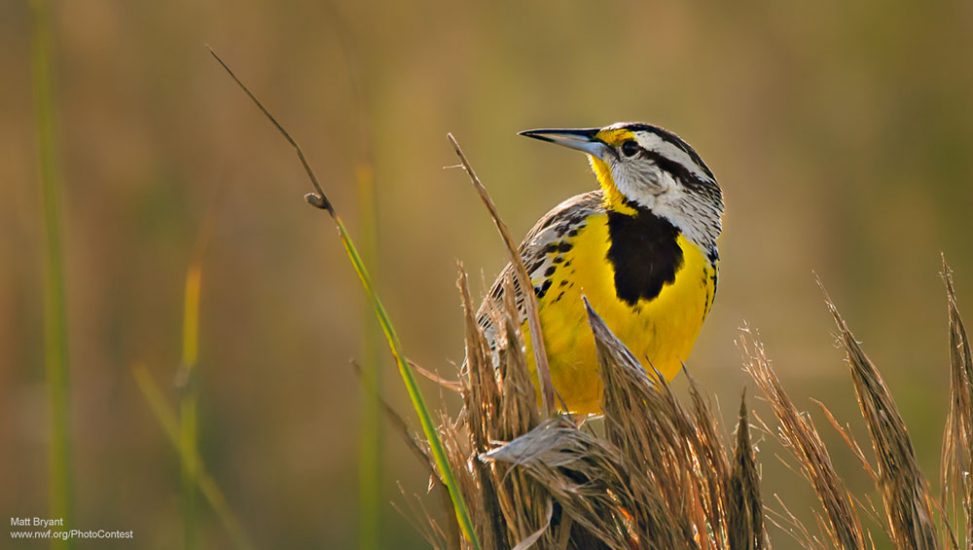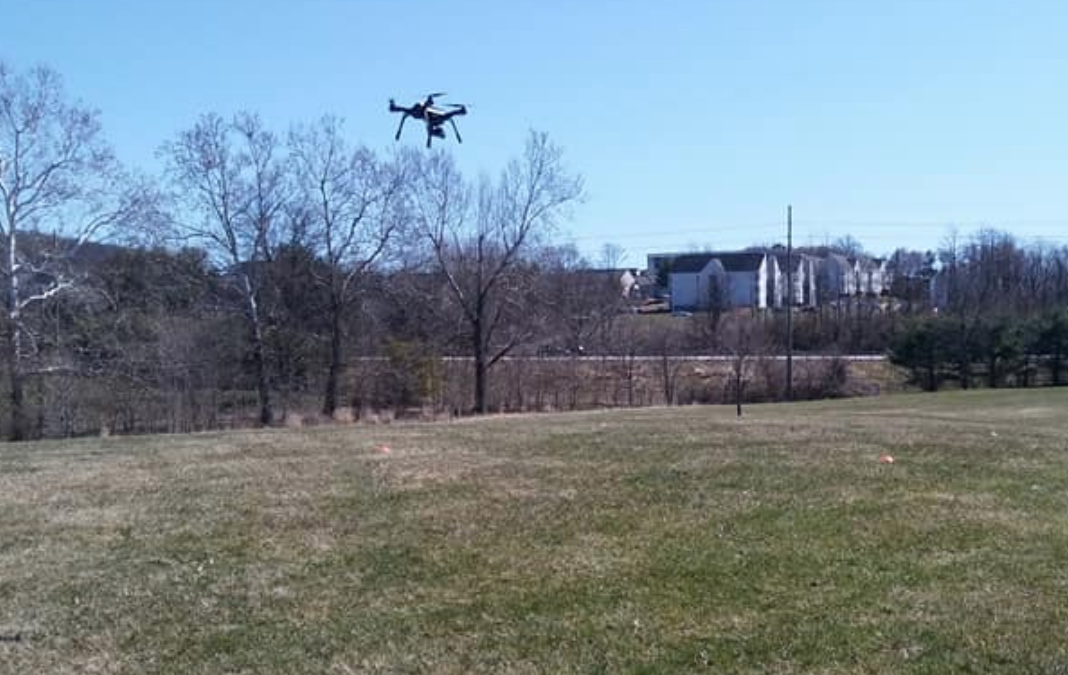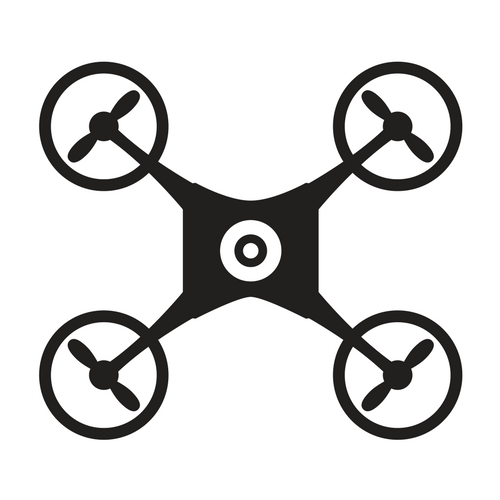
Birds Eye
Team Birds Eye, partnered with the Smithsonian Conservation Biology Institute, is researching how to use a drone to locate ground land bird nests hidden in tall grass. Grassland birds rely on grassland habitats for nesting. As a group, grassland bird populations have declined more than any other bird group, such as forest and wetland. Populations of grassland birds in the U.S. have declined nationally due to injurious agricultural practices and habitat degradation. For example, eastern meadowlark populations declined 97% from 1966 to 1991. The scant data available regarding grassland birds within the Piedmont Region is insufficient, hindering conservation efforts within the region. Grassland birds provide numerous environmental and economic benefits, the absence of which farmers and consumers may experience as populations continue to decline. Current strategies to locate and track nests are expensive, timely, and dangerous to nesting birds.
Meet the Team

Sally Todd
Industrial Design, Senior

Kevin Lin
ISAT, Senior

Kristen Grimshaw
Biology, Senior

Kaleb Fasil
Computer Science, Senior

Laura Yates
ISAT, Junior

Catie Willett
WRTC, Senior
The Process
Click through to learn about some of the initial steps Team Grassland Bird took to get started on their task!
The Impact
Grassland birds are a type of bird that build their homes–protect their babies–on the ground in grassland fields. These birds prey on insects, keeping pest populations in check, and are a subject of observation for birders.
Sadly, these birds are decreasing at an alarming rate due to habitat loss caused by haying, mowing, and large-scale agriculture. In fact, landowners kill 94% of nesting birds from mowing because many of these ground birds live on private land. However, grassland birds are found all around the country and are part of the 20 billion dollar birding industry, thus their conservation is necessary. While researchers are currently studying these birds to assist in their conservation, the current practice is for researchers to manually search the fields, which is both costly and time-consuming. Additionally, researchers often say they only find the ground nests when they are directly on top of it and then after the researcher leaves, they leave a scent and physical trail in the field for predators to find the nests.
To address these concerns, #TeamGrasslandBirds are in the process of developing a drone that can fly over a field and detect the nests of these birds using thermal imaging by sensing the heat of their nests. This technology will equip biologists with a tool to help them better quantify and monitor grassland bird populations to help them best advise landowners how to manage their land to care for both their property AND grassland birds.
%
Eastern Meadowlark Population Decline (1966-1991)
%
Grassland Bird Species of Concern
%
Survival Rate of Grassland Birds
Learn More

The Early Bird Flies the Drone
Understanding the grassland bird and its nature.

Grassland Bird Nest Detection
Using goal is to use drones to locate and quantify grassland bird nest density within a field.
PROTECT THE BIRDS
Interested in our project? Donate to SCBI to contribute to the project!
